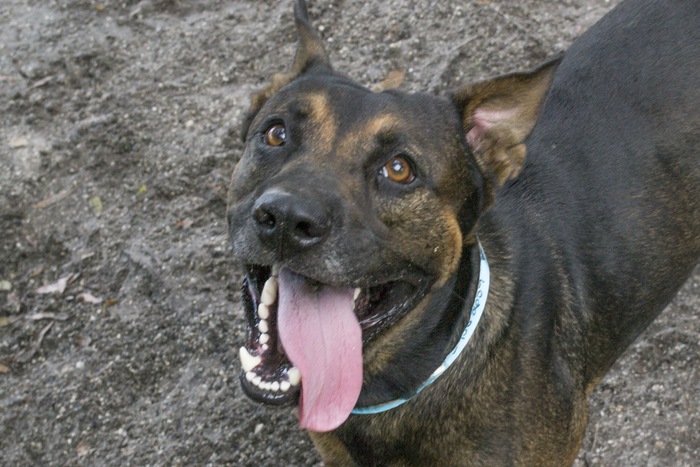

Written by Jane Williams for Halifax Humane Society
What To Know About Common Skin Problems in Dogs
90.5 million in 2022 (around 70% of American households) own a pet, and most of these families note that their pet’s health is one of the most important factors in the overall health of their family. If your dog is experiencing problems with their skin, there’s no immediate need for concern. Skin conditions are common in dogs and are actually one of the things that pet owners ask about in the vet’s office. As most skin problems in dogs are typically stress-related, it is common for adopted rescue pets to experience a few physical changes as they adjust to their new home and family. Understanding and addressing the causes will help you make sense of your treatment options.
What Are the Most Common Skin Problems in Dogs?
Mange is probably one of the most typical skin problems experienced by dogs and is caused by a small mite called a Demodex. You will often be able to identify mange because the hair loss is patchy rather than symmetrical and systematic. The mites bite your dog's skin, which causes dryness and scaliness that will make your dog itch excessively. While not a medical problem per se, stress has been linked to many skin problems in dogs. This can lead their fur to fall out, for them to excessively lick or bite themselves or even cause rashes if their anxiety is really heightened. Sometimes the cause of the stress is due to a particularly traumatic experience, and you will be able to detect this if your dog is dog chronically licking his own fur. A change in their food or a change in their surrounding environment (such as recently being adopted) can cause skin problems as well. However, these are easily fixable.
Naturally Treating Skin Conditions
If a skin condition is stress-induced, all you need to do is address the root of the problem: their anxiety. To do this, you can try behavior modification training, calming techniques or an Elizabethan collar until you are able to help your dog manage stress without resorting to licking. If your veterinarian has determined that the skin problem is mange and that it is treatable at home, there are actually many safe, natural ways to treat the problem. For example, you can mix a 1% hydrogen peroxide solution in borax powder and water to scrub all over your best friend's fur. This type of mixture is especially helpful if your vet has prescribed an immune-suppressing medication such as Azathioprine that will help heal your dog’s skin condition while also making them more susceptible to infections in the meantime. If you find that their skin is becoming more irritated while being treated, you can help soothe it by bathing them with warm water and following the bath with a gentle dose of a cream that contains hydro-cortisone. This will not only calm the irritated areas but has been shown to promote healing.
Providing a Healthy Space for Your Dog
In general, skin problems in your beloved best friend are no major reason for concern. Ensuring you understand and address the root causes, such as stress and anxiety or recent environmental changes, will help you better treat the skin condition itself. A healthy diet, plenty of exercise, routine physical care and a healthy, loving home should do just the trick. If you still have questions, you can speak with your family vet in order to ease any concerns and ensure your little pup is happy and healthy.
Previous Article
Next Article